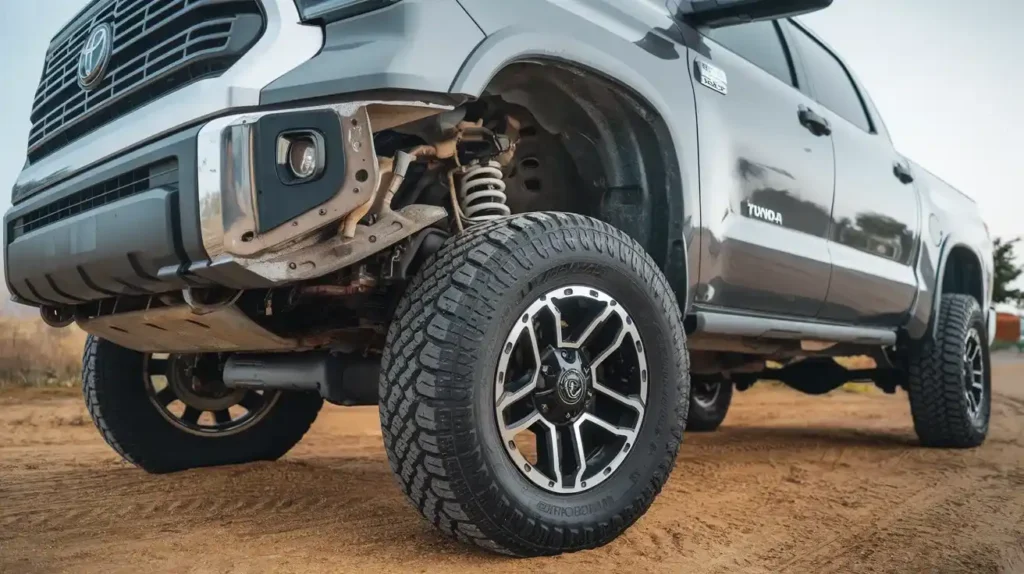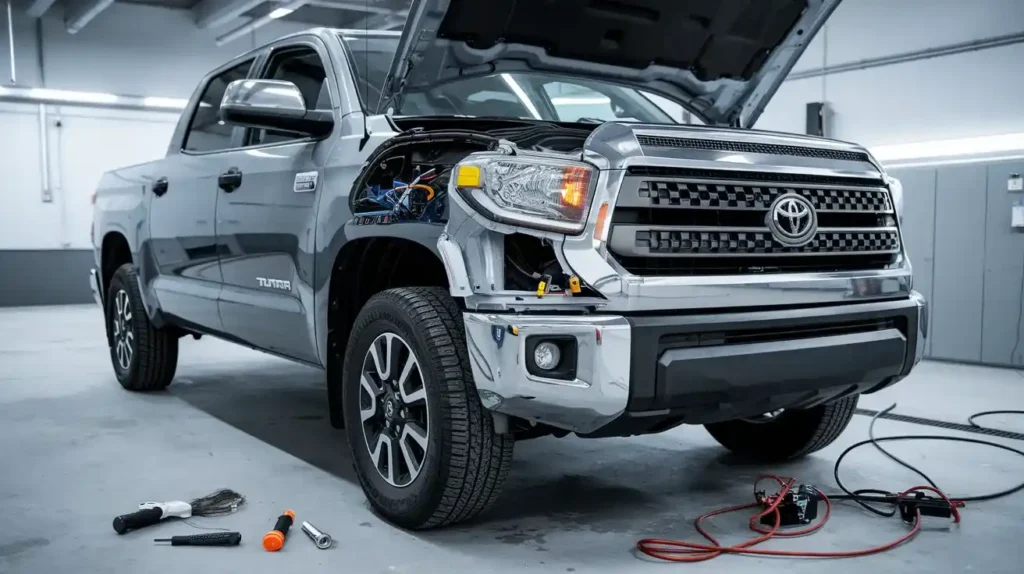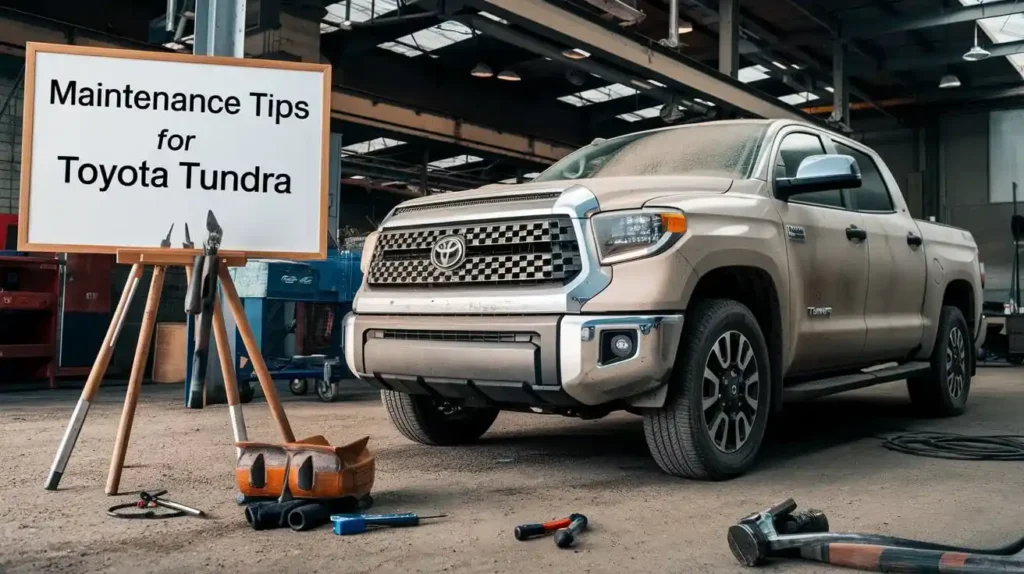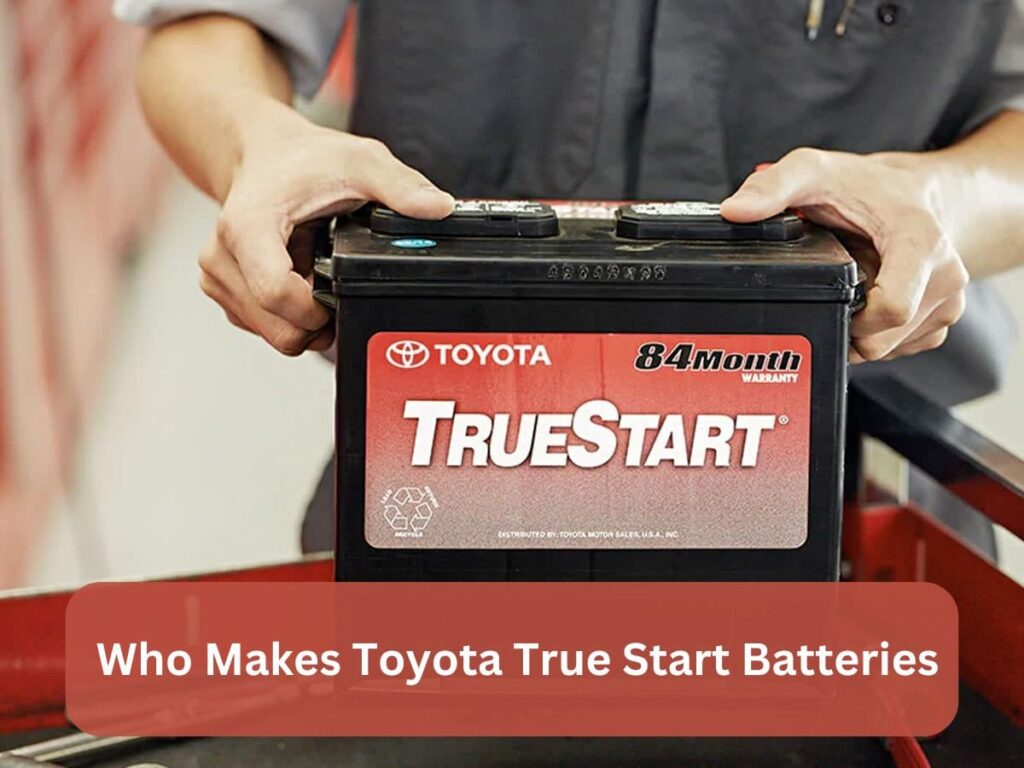Toyota Tundra problems include suspension issues, brake wear and engine oil use. Regular checks can help prevent these, Fixing problems early keeps your Tundra running well.
Stay connected with us to learn more about Toyota Tundra problems. We will share common issues and tips to keep your Tundra running smoothly.
What Is The Most Common Problem With Toyota Tundra?
The most common problem with the Toyota Tundra is the rear suspension, especially the rear leaf springs. They can wear out or become misaligned, causing a rough ride and reduced towing capacity. Another common issue is premature brake pad and rotor wear.
At What Mileage Do Tundras Start Having Problems?
Toyota Tundras typically start having problems around 100,000 to 150,000 miles. Issues like suspension wear, brake problems and engine oil consumption may arise at this point. Regular maintenance can help prevent or delay these problems.
What Is The Life Expectancy Of A 5.7 Tundra?
The life expectancy of a 5.7 Toyota Tundra is typically around 200,000 to 300,000 miles with proper maintenance. Some well-maintained Tundras can even exceed this range. Regular oil changes, brake checks and other routine care can help extend its life.
Which Tundra Engines Are Failing?
In 2022 and 2023, certain Toyota Tundra models equipped with the V35A 3.4-liter twin-turbocharged V6 engine experienced engine failures due to manufacturing debris contaminating the engine. This debris led to crankshaft main bearing failures, causing engine knocking, stalling and loss of power. Toyota recalled approximately 102,000 affected vehicles to address this issue.
What Are The Common Engine Issues In Toyota Tundra?

Toyota Tundra engines are generally reliable but there are a few common issues reported by owners. These problems may appear as the vehicle ages or after high mileage.
1. Secondary Air Injection Pump Failure:
The secondary air injection pump can fail, leading to increased emissions and poor engine performance. This issue is often linked to a faulty pump or clogged air injection system.
2. Excessive Oil Consumption:
Some Tundra owners report excessive oil consumption, particularly in older models. This can lead to low oil levels and engine damage if not addressed promptly.
3. Knocking and Ticking Noises:
Knocking or ticking noises from the engine may occur due to worn-out components like pistons or lifters. This issue can indicate more serious internal engine problems if left untreated.
What Transmission Problems Happen In Toyota Tundra?
While the Toyota Tundra is known for its durability, some transmission issues can occur, especially in older models or those with high mileage. These problems can affect performance and driving comfort.
1. Hard Shifting or Jerking:
Hard shifting or jerking can happen when the transmission roughly shifts between gears. This issue may be caused by low transmission fluid or a malfunctioning solenoid.
2. Delayed Engagement:
Delayed engagement occurs when there is a lag before the transmission shifts into gear. This can be caused by low fluid levels, worn-out components, or issues with the torque converter.
3. Transmission Slipping:
Transmission slipping refers to the engine revving higher than usual without the vehicle accelerating properly. This can indicate worn clutch plates or low transmission fluid.
Also Read: ect power toyota
What Suspension And Steering Problems Happen In Toyota Tundra?

The Toyota Tundra is known for its strong suspension and steering system but some common issues can occur as the truck ages. These problems can affect ride quality and safety.
1. Rear Suspension Sagging:
Rear suspension sagging is a common issue especially in older Tundra models or those that carry heavy loads. This can cause a rough ride and reduced towing capacity.
2. Steering Rack Leaks:
Steering rack leaks can happen when the seals in the steering rack wear out. This leads to fluid loss causing steering problems and reduced performance.
3. Loose Steering Feel:
A loose steering feel can make the vehicle harder to control. This may be due to worn-out steering components, like the steering linkage or ball joints.
What Brake Problems Happen In Toyota Tundra?
Brake problems are not uncommon in Toyota Tundras particularly as the vehicle accumulates mileage. These issues can affect stopping power and overall safety.
1. Premature Brake Wear:
Premature brake wear is a common issue often caused by heavy driving, frequent towing or driving in hilly terrain. This results in the need for more frequent brake pad replacements.
2. Warped Rotors:
Warped rotors can cause vibrations when braking. This issue is usually caused by excessive heat buildup due to aggressive driving or towing.
3. Soft Brake Pedal Feel:
A soft brake pedal feel occurs when there is air in the brake lines or a brake fluid leak. This reduces braking efficiency and can lead to longer stopping distances.
Also Read: how many miles does a toyota sienna last
What Electrical Problems Happen In Toyota Tundra?

Electrical problems can sometimes arise in Toyota Tundras affecting various systems and features. These issues can lead to inconvenience and if not addressed may affect the performance of the vehicle.
1. Malfunctioning Backup Camera:
A malfunctioning backup camera is a common issue, often caused by faulty wiring or a broken camera module. This can lead to a distorted or black screen when trying to reverse.
2. Infotainment System Freezes:
The infotainment system may freeze or become unresponsive due to software glitches, electrical issues or problems with the touch screen. This can disrupt navigation, music and other features.
3. Battery Issues:
Battery issues, such as premature failure or weak charging can occur in Tundras. This is often due to a faulty alternator, poor battery connections or the battery reaching the end of its lifespan.
What Fuel System Problems Happen In Toyota Tundra?
Fuel system problems can sometimes happen in Toyota Tundras. These issues can affect performance and should be fixed quickly to avoid further damage.
1. Faulty Fuel Pump Recalls:
Some Toyota Tundras from 2018 to 2020 had faulty fuel pumps. This could cause the engine to stall while driving. Toyota recalled these trucks and replaced the faulty pumps for free.
2. Evaporative Emission Control Leaks:
Leaking in the evaporative emission control system can happen. This causes fuel vapors to escape and can turn on the check engine light. Fixing this can help with fuel efficiency and reduce emissions.
Also Read: why is my tire pressure light blinking toyota
What Interior And Comfort Problems Happen In Toyota Tundra?

Interior and comfort issues can occur in Toyota Tundras, especially in older models or those with high mileage. These problems can affect the overall driving experience and comfort.
1. Dashboard Cracks:
The dashboard in some Tundras may crack over time, especially in areas with intense heat or direct sunlight. This can make the interior look worn and may require replacement parts.
2. Seat Cushion Wear:
The seat cushions in Tundras may wear out over time, leading to less comfort. This issue is more common in frequently used vehicles or those with higher mileage.
3. AC/Heater Malfunctions:
Some owners report problems with the AC or heater, such as weak airflow or failure to regulate temperature. This can be caused by faulty components like the blower motor or control switches.
What Exterior And Body Problems Happen In Toyota Tundra?
Exterior and body problems can affect the appearance and durability of the Toyota Tundra. These issues may occur with age or exposure to harsh conditions.
1. Rust Issues in Frame and Bed:
Some Toyota Tundras experience rust particularly on the frame and truck bed. This is more common in older models or those driven in areas with heavy salt on the roads.
2. Paint Peeling and Fading:
Over time the paint on a Tundra may peel or fade due to exposure to the sun and weather conditions. This can affect the truck’s overall appearance and may require repainting.
Also Read: are toyota tundras reliable
What Year Is The Most Reliable Tundra?
The most reliable Toyota Tundra year is generally considered to be the 2013 model. It has a strong reputation for durability has fewer reported issues, and is often praised for its solid build quality. Regular maintenance and care can help these models last well beyond 200,000 miles.
What Are The Most Problematic Years Of Toyota Tundra?
The most problematic years of the Toyota Tundra are generally considered to be 2007, 2008, and 2014. These models experienced issues such as:
- 2007-2008: Problems with the frame rusting and premature brake wear.
- 2014: Issues with the airbag system and transmission problems, including slipping and jerking.
What Maintenance Tips Help Avoid Problems In Toyota Tundra?

- Change the engine oil and filter regularly to keep the engine working well.
- Replace the air filter when needed to help the engine get enough air.
- Check and change brake pads and rotors when they wear out.
- Keep an eye on the suspension and replace parts like shocks if needed.
- Check the transmission fluid and change it when needed.
- Check the battery and clean the terminals to avoid electrical problems.
- Keep tires inflated properly and check the tread regularly.
- Flush the radiator and change the coolant to prevent overheating.
- Look for leaks or damage in the exhaust system.
- Replace the timing belt on time to prevent engine issues.
FAQ’s:
1. What is the towing capacity of a Toyota Tundra?
The towing capacity of a Toyota Tundra varies by model year and configuration but generally ranges from 8,000 to 12,000 pounds, depending on the engine and trim level.
2. Does the Toyota Tundra have a good resale value?
Yes, Toyota Tundras typically have a strong resale value due to their reputation for reliability and durability.
3. How often should I replace the timing belt on a Toyota Tundra?
The timing belt on a Toyota Tundra should be replaced every 90,000 to 100,000 miles to avoid potential engine damage.
4. Is the Toyota Tundra good for off-roading?
Yes, the Toyota Tundra is a capable off-road vehicle, especially when equipped with the TRD Off-Road package, which includes features like upgraded suspension and off-road tires.
5. Can I use regular unleaded fuel in a Toyota Tundra?
Yes, most Toyota Tundra models run on regular unleaded fuel, but the 5.7L V8 engine benefits from using premium fuel for optimal performance.
Conclusion:
The Toyota Tundra is a reliable and durable truck, but like any vehicle it can have its share of common problems. Regular maintenance is key to keeping it running smoothly and avoiding major issues. By staying on top of oil changes, brake checks and other routine care, you can enjoy many years of driving with fewer problems. Whether you are using it for work or adventure the Tundra can be a great companion with the right care.
You Also Have To Read:



